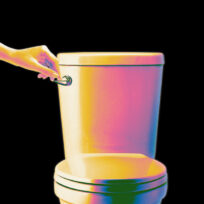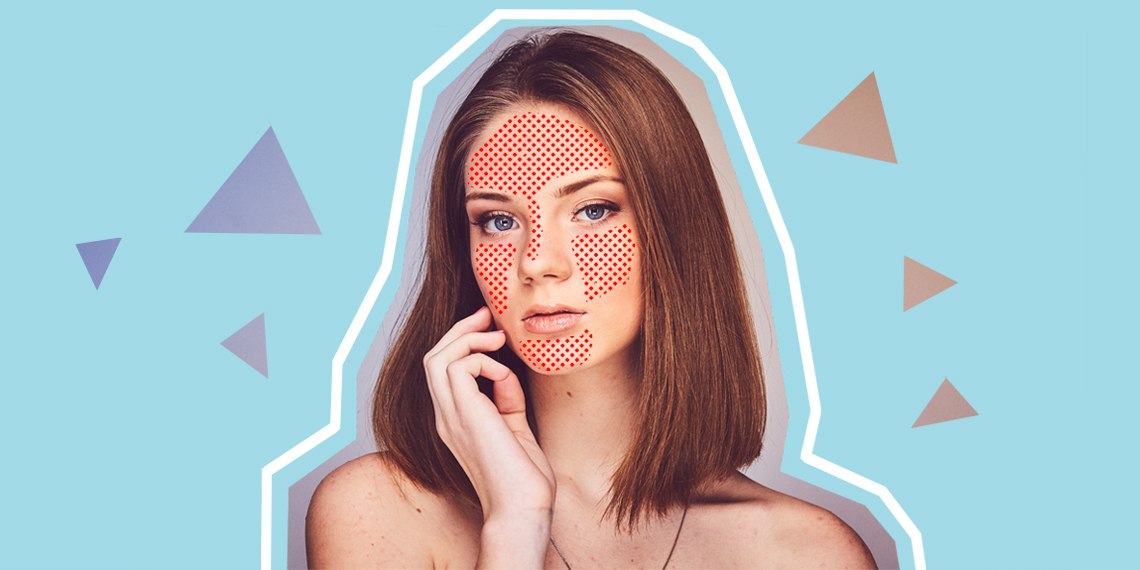As someone with acne prone skin, I will try literally any and every facial treatment that promises to clear, brighten, and smooth my face. Does this make me susceptible to every gimmick out there? Probably. Does that stop me? Not in the slightest. With the promise of “better skin”, I’ll do whatever it takes. So when I kept seeing “microneedling” all over my Instagram feed, I knew this was the next thing I had to try. A quick Google informed me that “Collagen induction therapy, also known as microneedling RF or skin needling, is a cosmetic procedure that involves repeatedly puncturing the skin with tiny, sterile needles.” Yes, needles. I admit I honestly didn’t know exactly what it was when I signed up, and couldn’t find a solid explanation when browsing the internet, which was why I knew I had to try it out for myself. I guess I’m brave like that (or just stupid).
I decided to go to Better Brows & Beauty, a microblading and micropigmentation salon owned by permanent makeup artist Kendra Bray. I made an appointment, and all was good. It wasn’t until I was in the chair that I started internally panicking. The idea of coming in for the treatment sounded great until it hit me that I was voluntarily coming in to have needles poked into my face repeatedly. During the process itself, I asked Kendra a million questions, which she thoroughly answered and eased my mind. These are the most important takeaways from the experience.
What Is Microneedling?
“The whole premise is you’re making micro damages to your skin to activate your body’s own wound healing system so that it makes new healthy cells,” Kendra explained. “What this is doing is making controlled damages, that’s what’s building that collagen. The whole premise of microneedling started in the 70s but was quickly overshadowed by laser treatment that had started to come onto the scene. Doctors were experiencing quicker and more dramatic results with lasers and for many years, lasers took the forefront.”
To back it up even further, collagen is a protein our bodies produce that is responsible for smooth skin, but our bodies produce less of it with age. So by stimulating collagen production, you’re improving your skin. And when it comes to choosing a method of collagen induction therapy, there might be benefits to choosing microneedling over lasers. “One of the things that [we’re] seeing is we can achieve the same things with microneedling as we can with laser treatments, but the risks aren’t as high,” says Kendra. Namely, when you get laser treatments, you risk hyper and hypopigmentation, or the lightening or darkening of the skin, which happens in spotty areas. That’s not exactly desirable, and definitely not so on your face. Kendra also says, “doing too many lasers throughout the years can start to shrink the dermal layer of your skin—that’s where we keep all that plumpness.” In other words, doing too many laser treatments could be counterproductive to keeping youthful, smooth-looking skin.
https://www.instagram.com/p/Bij-MNxlOfu/
Does It Hurt?
I asked Kendra if it hurt to which she chuckled, and said “Um, well it’s needles,” but further went to explain, “Some people think that it’s not bad at all. I use numbing cream through the entire process, so it’s not painful but you will feel something.” Kendra started with a microdermabrasion treatment that removed the dead skin cells off my face, which allowed the numbing cream to soak in a little more. After that she approached the skin with a traditional micro needle, which is a cluster of a couple of needles hitting the skin simultaneously. Honestly, it didn’t hurt at all since she put layers of numbing cream on throughout the process.
Who Is The Ideal Candidate For Microneedling?
My main concerns when it comes to my face are redness and acne, but microneedling can help with a multitude of skin concerns. According to Kendra, “It’s really great for scarring especially: acne scars, surgical scars, facelift scars, things like that. What you’re doing on a scar is you’re breaking that old scar tissue, and then building new, healthy cells in place of that.” Even still, she notes that there are some things to keep in mind. “One thing with microneedling versus laser treatments,” she explains, “is [microneedling] is more of a long-term game. You are making those little damages and your skin is making new healthy skin cells, so you’re allowing your skin to go through a healthy regeneration cycle.” She says some people, especially people who are older, might need to do multiple sessions to achieve the results they want, and also keep going to maintain the progress.
https://www.instagram.com/p/BhEsfkpF0CT/
What Happens Afterwards?
Directly after the treatment you’ll have some noticeable redness. “You’ll have this pinpoint redness all over the skin. Later in the evening, it will look like you got a sunburn all over the skin. Around day 3 you’ll experience some exfoliation, this process basically speeds up the exfoliation that would’ve happened over the next couple of weeks, so you’ll experience flaking of the skin,” Kendra explained. She says that you can use makeup to cover up the redness, though. The best part to me, however, is that those expensive AF face products I have at home will actually work better after treatment. “Because we’re making those micro damages to the skin, your skin can actually absorb 80% more of the skin care ingredients that we’re using on it.” After a week or so I started to see a noticeable difference in my skin. My acne significantly subsided and I felt that my skin was overall more clear, less red, and had a glow to it.
How Many Times A Year Should Someone Get Microneedling?
Just for fun, I asked Kendra to answer this question, assuming someone had all the money in the world. Kendra said she’s seen microneedling cost anywhere from $500-$2,500 depending on where you get it done. The frequency is also dependent on individual needs, “If someone is trying to treat something specific, like acne scars or dark spots, we would do treatments every six weeks. And after that we would do a couple of treatments as ongoing maintenance. For someone that’s looking for anti-aging and that ongoing maintenance, three times a year would be great. You could do that, give your skin a rest, get better use of your products during that time.
Overall, microneedling is pretty much for anyone. If you are deathly afraid of needles, maybe pass, but if you’re looking for brighter, clearer skin, it might be worth looking into.





















































